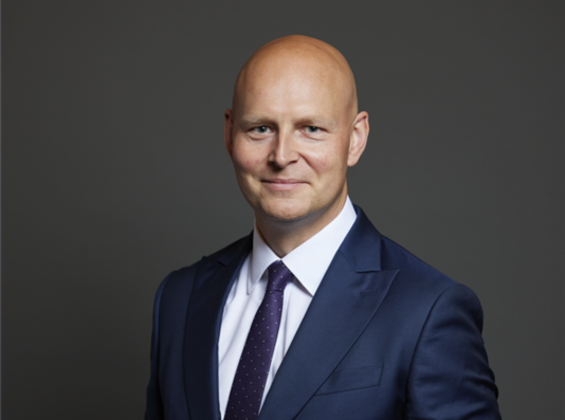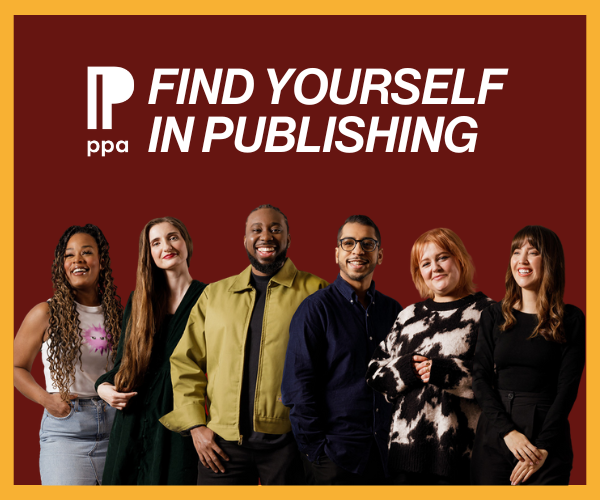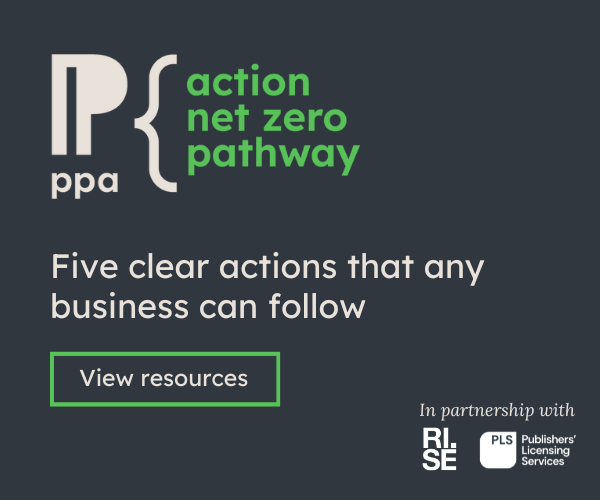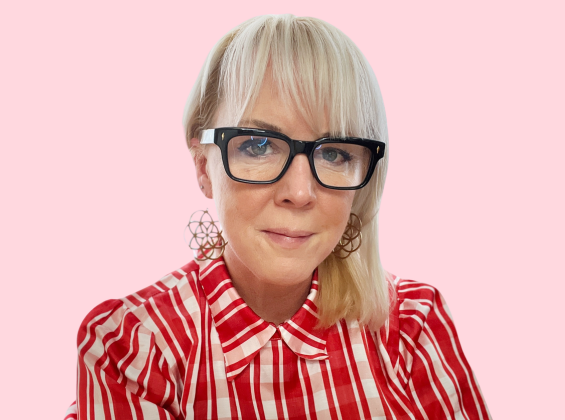What made you want to work in the publishing industry?
I did Chemistry at university and I didn’t want to stay in science. I lived In Malawi and while I was there I worked for a magazine called Genuine Female and when I got back I applied for both a law conversion course and a post-grad journalism course. I got into both but my heart leapt for journalism.
Chart your career from the start to where you are now.
I did a 9-month newspaper journalism course at Cardiff and from there I went to the Bristol Evening Post where I spent 6 months knocking on doors, reporting on local news. I had also applied to a trainee scheme at the Daily Mirror and they offered me a contract where I spent four years at the as a tabloid reporter, working for various people like Piers Morgan. I then went to the Daily Mail for two years where they made me a medical reporter. I applied to be Health Editor at The Guardian and I spent the next 18 years there. I edited the health pages, the parent’s pages, the women’s pages. I was assistant features editor, deputy features editor and features editor and I edited G1 which was the hardest job I have ever had beyond measure with the stress of getting the paper out every day. I then moved to the web and had a job share as Network Editor, running The Guardian website. I went to Sydney and ran The Guardian’s Australian operation and following that, I came back to England and was Assistant Editor for a year before I came to New Scientist.
What difference has struck you most when editing a small weekly specialist mag compared to a big national daily newspaper? How have you had to adapt your approach?
When I left The Guardian I thought, how hard could it actually be to get a magazine out every week, but the answer is very hard when each magazine has to fly off the newsstand. I misunderstood the difference in the pressures. In a large organisation, while the journalists are commercially minded, here it is just as much my responsibility to sell the magazine as it is to make sure all the journalism is brilliant, and all the journalists are well. Me and the other leadership members of the team are all running a company together. It’s a different set of pressures.
What is the first thing you think about when you begin a new issue?
The parts we plan ahead are the features. We do three or four features which is the premium content and converts people to subscribers online. A really good cover story might lead to 100 people subscribing. Then there is a second stream which is news which is all done in the last few days before the weekly goes to press. With the cover, we are mostly thinking quite a way out to make sure that one of those features is a cover story. Right now, we are in the very unusual position of having the same cover story in a month on the coronavirus. I don’t think we have ever done two covers on the same subject in such a short time. The biggest story in the world right now is a science story so this is right in our wheelhouse.
Have you seen an increase in traffic on your site as the coronavirus story has developed?
There has been a big spike in traffic and I am sure that every news organisation in the world has seen that too.
Since you began as Editor, the climate change movement has evolved into something powerful and widespread – how has New Scientist editorial content shifted/responded to this since you started?
There are more ways into the story now and more angles to take but it has always been a massive staple of what we do so that hasn’t altered. Inevitably if your focus is on science, climate change is a field that we have ploughed heavily for a long time.
Have you seen wider reader engagement as people become more environmentally aware?
Our subscriptions are growing steadily, and we have an ambition to double our subscribers by 2025 and last year we exceeded all our expectations and grew our circulation after years of decline. If climate change wasn’t a big plank of what we did, I don’t think our subscribers would be as loyal as they are.
New Scientist have a five-year plan to grow your subscription base – how are you working to achieve this?
We were brought in 2017 by a group of private investors and when I came in there was no digital team. There was one woman who did everything for the website. Now we have six people in the digital team. We have hired a Digital Editor, Social Media Editor, Video Editor, we have a video intern and we are hiring a second Video Editor. We have also appointed a senior member of staff as a Podcast Editor. The reason for having a digital team isn’t just because of the internet but also because if you have a global brand and you aren’t exploiting its global reach digitally, you are hiding a light under a bushel. We inherited a lot of followers on social media (around seven million) but it is important to have live editing. We have just launched a podcast – New Scientist used to have a podcast 15 years ago but at the time a decision was made that there was no money in it long term. We are launching three strands this quarter. There is New Scientist Weekly which started five weeks ago and we are up to 14,000 downloads per episode from nothing. We are also starting a strand of big interviews with people like Christiana Figueres to Philip Pullman and we are doing a higher end six-part season which will be about massive concept stuff. Last year we grew our organic search traffic by 181 per cent and all of that leads to more people seeing our stuff and more engagement. We have had a big push on diversity and have started a diversity internship where we did totally blind applications picking people simply on the merit of their journalism. A big part of our business is also live events with New Scientist Live. Last year we got 40,000 punters through the door and it attracts a really diverse audience which is slightly different from our magazine audience.
Latest ABC figures showed the first circulation rise for New Scientist in 12 years – what do you think is the main reason for this?
We’ve got a team that work closely together, all focusing on really simple targets. We have KPI’s and all know what our plan and intention is – to grow traffic and subscribers. We want to have a happy team because a happy team produces great journalism. Beneath that there is lots of good practise that adds together to create a better picture. Events both big and small are also a big part of the businesses success.
What would be your long train journey magazine read?
I review sci-fi TV for the magazine so on the train I watch sci-fi on Netflix or Now TV or Amazon Prime. At the moment I am binge watching Altered Carbon Netflix and also watching season 4 of the Expanse. So I don’t have room in my life for reading magazines. I have always been a New Yorker fan but I am already proofreading every page of our magazine before it goes.
Well what sci-fi series would you recommend?
I really enjoyed Season 1 of Altered Carbon and I loved a show called For All Mankind









